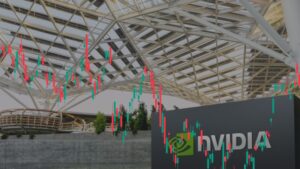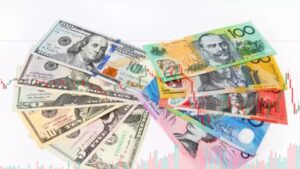The US dollar remains under pressure against the Swiss franc, with USD/CHF hovering near 0.8950, as investors reassess expectations for Federal Reserve monetary policy and broader risk sentiment. A weaker greenback, driven by softening US economic data and speculation over potential rate cuts, has limited the pair’s upside momentum.
Recent reports suggest that US inflation is gradually cooling, raising bets that the Federal Reserve may pivot toward policy easing later this year. While Fed officials continue to emphasize a data-dependent approach, traders have begun pricing in the possibility that the central bank could shift toward a more accommodative stance, weakening demand for the dollar.
Meanwhile, the Swiss franc remains supported, benefiting from its safe-haven appeal amid global economic uncertainty. Investors continue to favor the currency as concerns over global trade tensions and geopolitical risks keep demand for lower-risk assets elevated. The Swiss National Bank (SNB) has also signaled caution, but its policy stance remains less aggressive than the Fed, further underpinning the franc.
From a technical perspective, USD/CHF remains in a consolidative phase, with 0.8950 acting as a pivotal level. A sustained break below this threshold could lead to further downside toward 0.8900, while any attempt at a rebound faces resistance near 0.9000. With the dollar struggling to gain traction, the bias remains tilted toward further weakness.
Looking ahead, traders will closely watch US economic releases, Federal Reserve commentary, and broader market risk sentiment. Any indications of softer inflation or slowing growth in the US could reinforce expectations for Fed rate cuts, adding further downside pressure on USD/CHF. Conversely, a sudden shift in global risk appetite could provide short-term relief for the dollar.
For now, USD/CHF remains subdued, with the weaker US dollar and safe-haven demand for the Swiss franc keeping the pair near recent lows. Unless sentiment shifts in favor of the greenback, further downside risks could emerge in the near term.
















